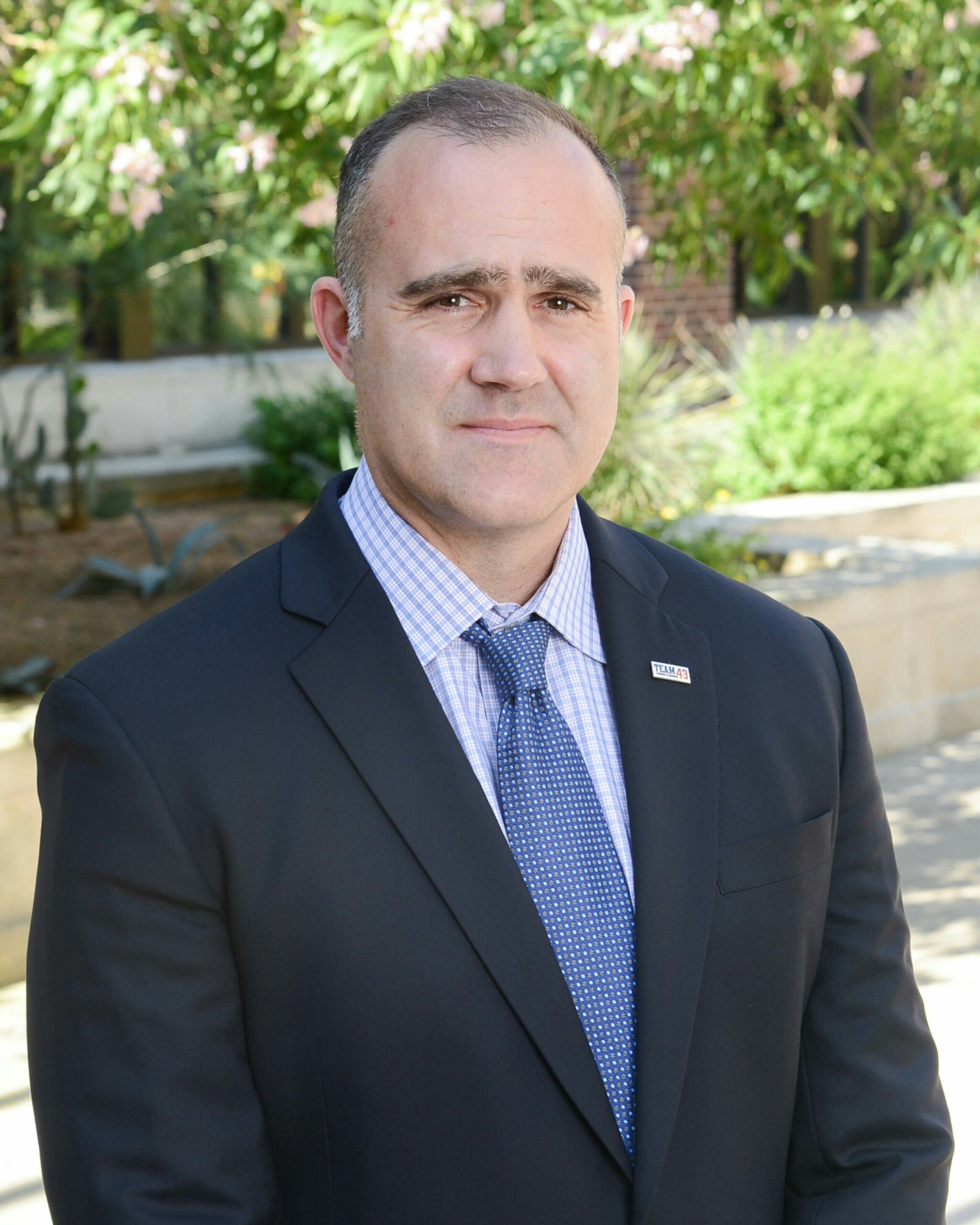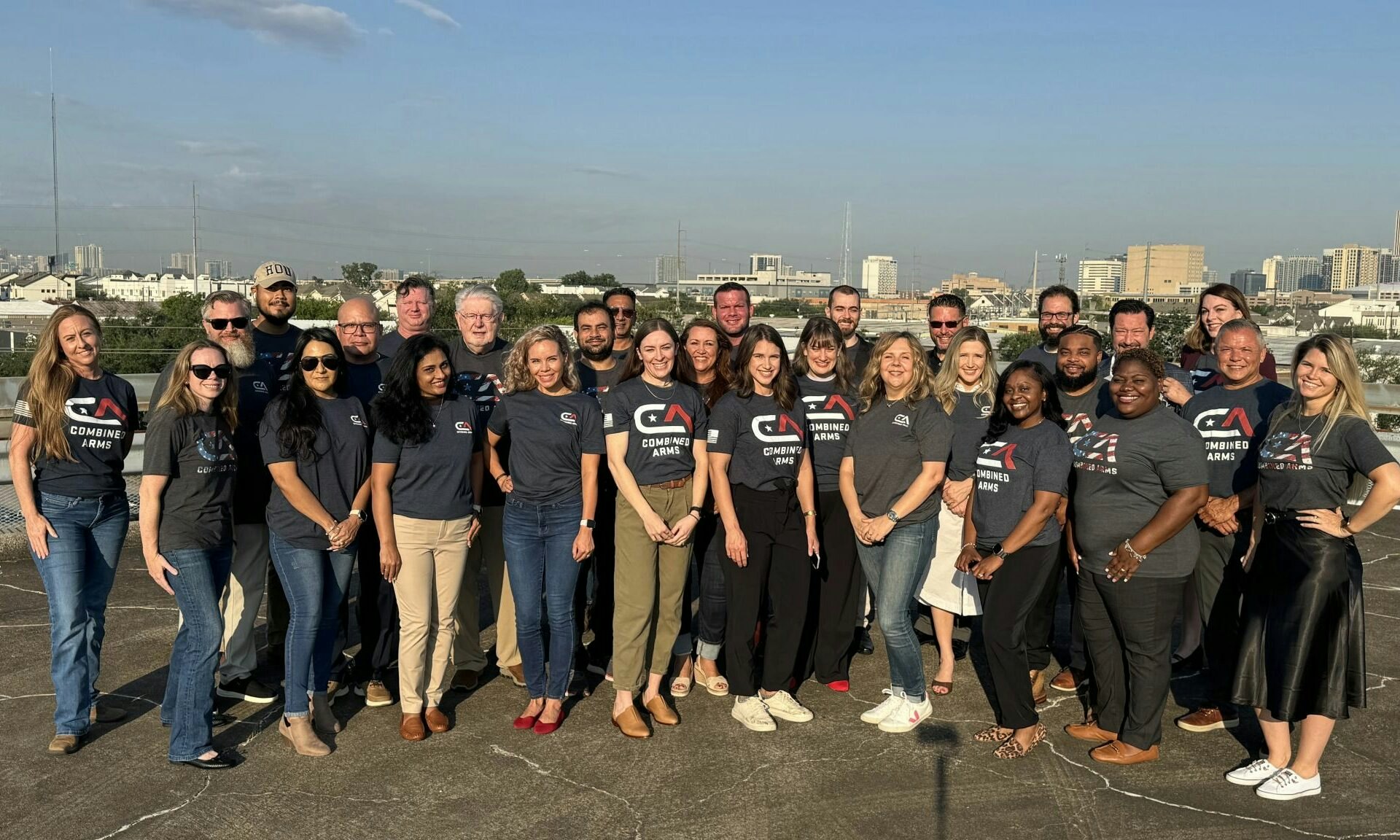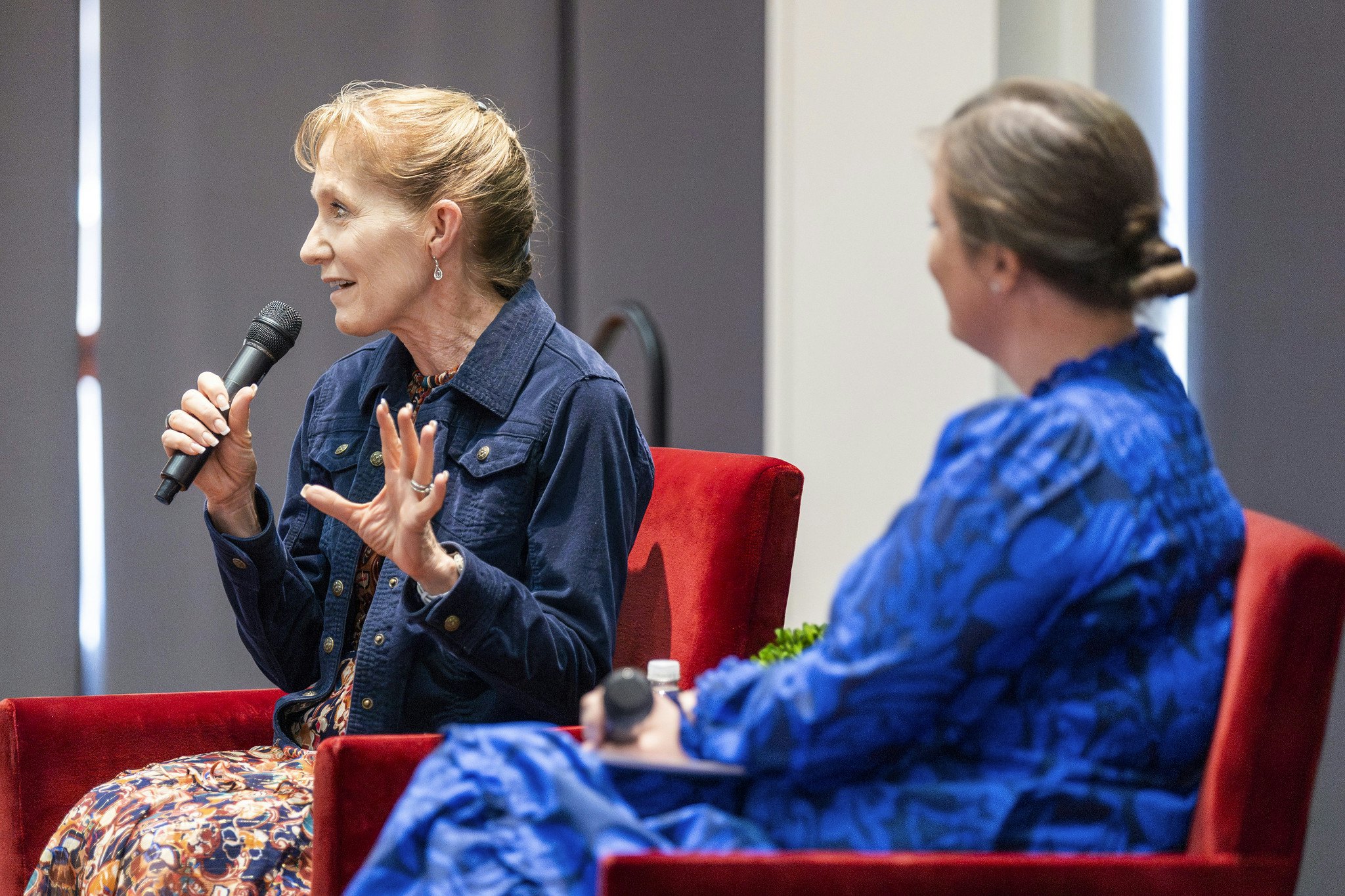We know veteran serving non-profits are critical to addressing the needs of our warriors during these uncertain times and after. Maintaining the solvency of effective veteran serving non-profits must be a focus of effort for Congress and state policymakers.
As our nation faces the COVID-19 pandemic, how are veteran serving non-profits impacted?
Nationally, there are just under 1.3 million 501©(3) non-profits with over 12 million employees. In total, this represents the nation’s third largest private employer. For the veteran serving portion, or those listed as W30, there appear to be just over 42,000 organizations. Although this is difficult to truly assess as some are part of larger organizations like the American Legion or the Veterans of Foreign Wars and there are many others not listed as serving veterans.
Among the 42,000 organizations, just under 70 percent reported less than $100,000 in annual revenue. What this reveals is a liquidity risk likely exacerbated by COVID-19. What is needed for many non-profits to continue serving veterans is access to capital.
So what is being done and what can be done more effectively?
The main vehicle for this access to capital from the CARES Act is the Payroll Protection Program. This program designated approximately $349 billion to help small businesses keep their employees on payroll. These funds were also extended to non-profit organizations. While the intent was clear, the delivery and execution revealed tremendous variance for non-profits.
Unfortunately, there were no clear guidelines on how banks should lend to non-profits. For example, many non-profits do not have credit history as they rely on government grants and donor funding, instead of traditional bank loans. Banks turned many of the non-profit applications away due to a lack of this history.
Further, the designated $349 billion had been allocated by April 16th. Leaving many without capital.
As Congress debates another round of funding, the following two measures should be enacted on a federal and state level:
- More prescriptive and specific guidance to banks to provide access to liquidity for veteran non-profits with limited credit histories.
- While a non-profit may have capital, they are unable to reallocate grant funds to other budgetary line items. Policy shifts, notably state level executive orders, should allow for spending across budget lines to ease budget pains.
At the individual level, those able should continue to give to charitable organizations. Any donations made before July 16 can be claimed deductions on 2019 tax filings.
We know veteran serving non-profits are critical to addressing the needs of our warriors during these uncertain times and after. In support of this, maintaining the solvency of effective veteran serving non-profits must be a focus of effort.































